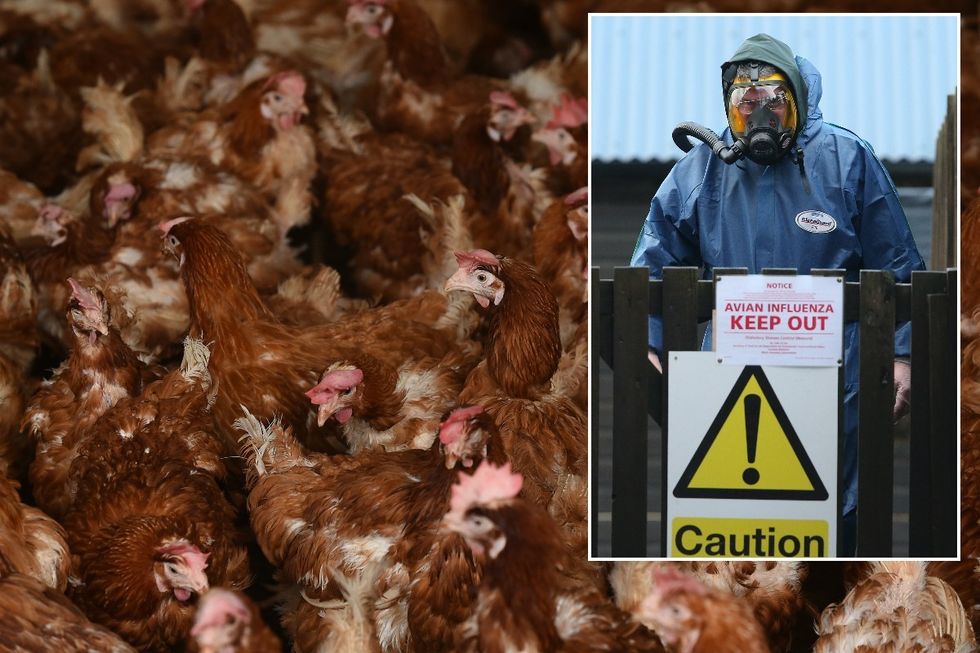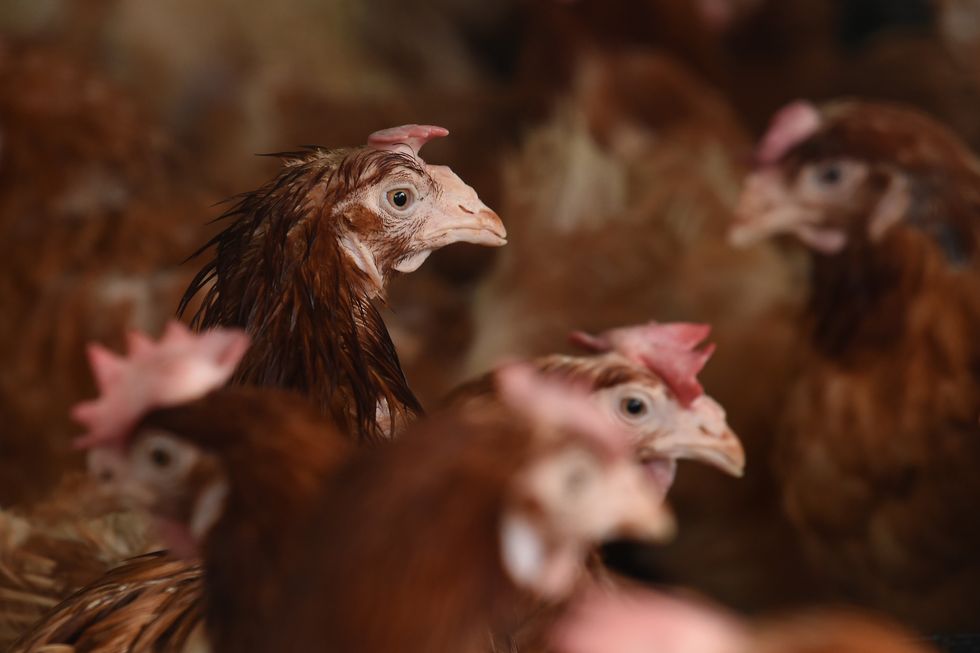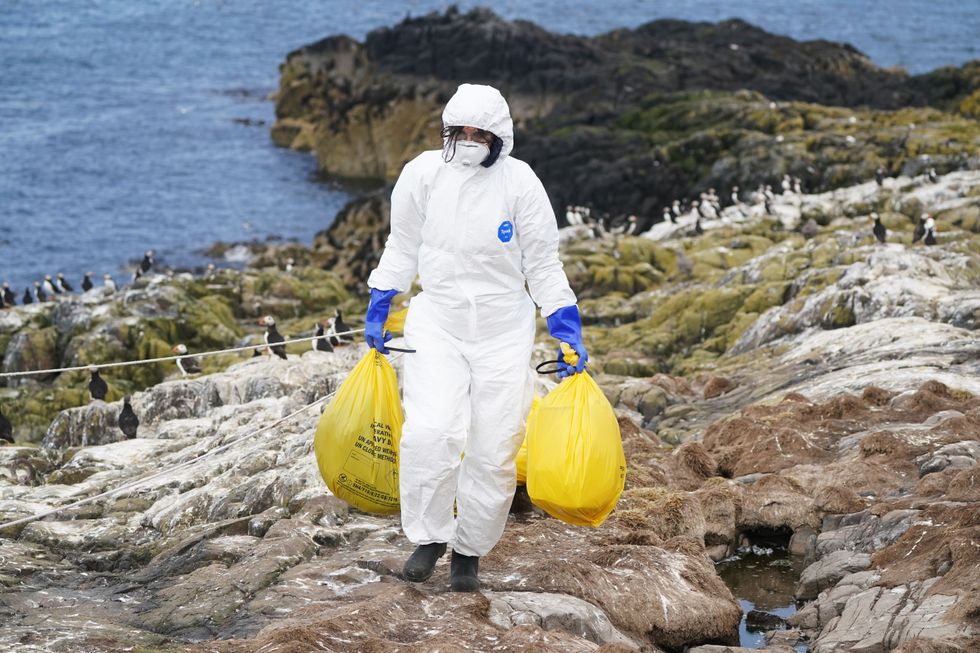Bird flu: Yorkshire poultry farm begins cull after outbreak
PA
A protection zone has been erected around the site
Don't Miss
Most Read
Trending on GB News
A bird flu outbreak has been confirmed at a commercial poultry farm near Hornsea in East Yorkshire.
Tests have revealed the presence of the H5N5 strain of highly pathogenic avian influenza.
The Department for Environment, Food and Rural Affairs (Defra) announced the discovery on Tuesday.
This marks the second outbreak in England this year, following a previous case in February, though it is the first instance of the H5N5 strain being detected in poultry during the current outbreak.
 Bird flu: Yorkshire poultry farm begins cull after outbreakPA
Bird flu: Yorkshire poultry farm begins cull after outbreakPAOfficials have established a 3km protection zone and a wider 10km surveillance zone around the affected site.
These control measures are standard protocol for managing bird flu outbreaks.
All poultry at the premises will be humanely culled as part of Defra's containment strategy.
Bird keepers in the area have been urged to remain vigilant and implement measures to protect their stock, as the virus can spread through birds' droppings, saliva, and contaminated feed and water.
LATEST DEVELOPMENTS:
Chicken farm
PA
This is the first case of the H5N5 strain found in poultry in England during the current outbreak, though both H5N5 and the more common H5N1 strains have been detected in wild birds across Britain this autumn.
Although the risk risk level for H5 strain bird flu has been elevated from medium to high in wild birds, the UK Health Security Agency has assured that the risk to public health remains very low.
The Food Standards Agency has also confirmed that bird flu poses minimal food safety risk, with properly cooked poultry products, including eggs, remaining safe to consume.
Earlier this year there were six recorded cases of bird flu in Northern Ireland.

Previous bird flu outbreak in 2022 in wild bird populations
PA
The virus, which has been present for about a century, typically shows increased activity during autumn months before declining in spring and summer.
The outbreak comes after a horror new study suggested the world is sleepwalking into a new pandemic far worse than Covid.
A review of sustained mammal-to-mammal bird flu transmission in diverse species, led by The Pirbright Institute, shows global control strategies for the H5N1 avian influenza virus, also known as bird flu, are not working.
Writing in Nature, researchers analysed whether outbreaks in European fur farms, South American marine mammals and United States dairy cattle raise questions about whether humans are next.
Led by zoonotic influenza specialist Doctor Thomas Peacock, the scientists evaluated how recent changes in the ecology and molecular evolution of H5N1 in wild and domestic birds increase opportunities for spillover to mammals.
"Influenza A viruses (IAV) have caused more documented global pandemics in human history than any other pathogen," said Doctor Peacock, who investigates the drivers of the current H5N1 avian influenza panzootic.
"Historically, swine are considered optimal intermediary hosts that help avian influenza viruses adapt to mammals before jumping to humans.
"However, the altered ecology of H5N1 has opened the door to new evolutionary pathways."
The Doctor added: "What keeps scientists up at night is the possibility of unseen chains of transmission silently spreading through farm worker barracks, swine barns, or developing countries, evolving under the radar because testing criteria are narrow, government authorities are feared, or resources are thin."








